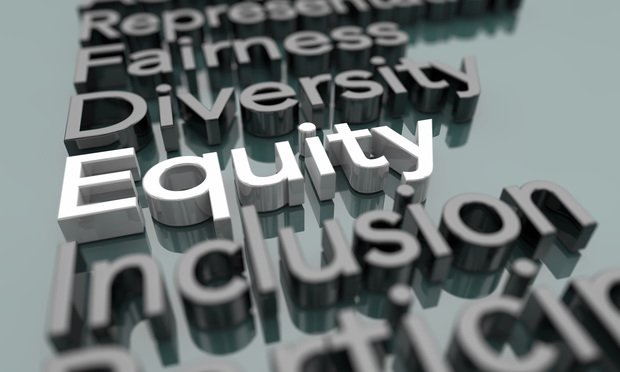 A Racial Equity Audit is a third-party assessment—often conducted by an external law firm—of the policies, procedures, and practices an organization has implemented to identify and address systemic bias and discrimination. (Credit: iQoncept/Shutterstock)
A Racial Equity Audit is a third-party assessment—often conducted by an external law firm—of the policies, procedures, and practices an organization has implemented to identify and address systemic bias and discrimination. (Credit: iQoncept/Shutterstock)
Workplace discrimination is prohibited by Title VII of the Civil Rights Act of 1964. Notwithstanding this federal law, the underlying jurisprudence applying it, and its state and local analogues, fair and equitable treatment of employees remains elusive for many organizations. According to a 2019 Glassdoor survey, 61% of U.S. employees reported that they have witnessed or experienced workplace discrimination, and stark racial and gender disparities in professional advancement persist at every level in every major industry. Furthermore, evidence suggests that some of the most common interventions to promote diversity do not work as intended.
Recommended For You
Want to continue reading?
Become a Free PropertyCasualty360 Digital Reader
Your access to unlimited PropertyCasualty360 content isn’t changing.
Once you are an ALM digital member, you’ll receive:
- Breaking insurance news and analysis, on-site and via our newsletters and custom alerts
- Weekly Insurance Speak podcast featuring exclusive interviews with industry leaders
- Educational webcasts, white papers, and ebooks from industry thought leaders
- Critical converage of the employee benefits and financial advisory markets on our other ALM sites, BenefitsPRO and ThinkAdvisor
Already have an account? Sign In Now
© 2025 ALM Global, LLC, All Rights Reserved. Request academic re-use from www.copyright.com. All other uses, submit a request to [email protected]. For more information visit Asset & Logo Licensing.








